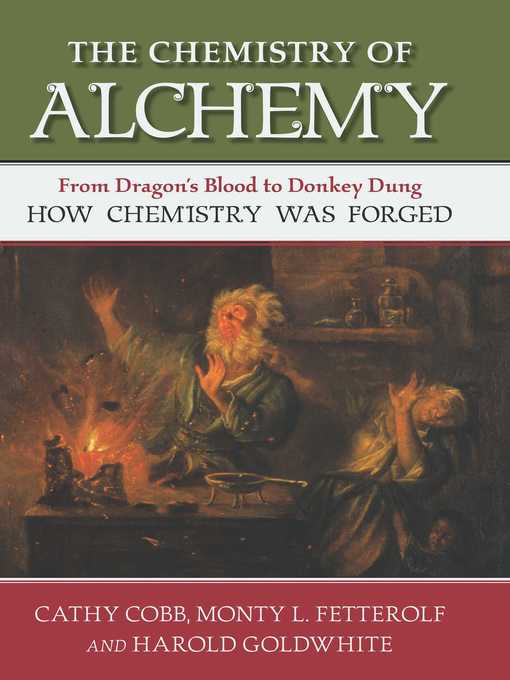
The Chemistry of Alchemy
From Dragon's Blood to Donkey Dung, How Chemistry Was Forged
کتاب های مرتبط
- اطلاعات
- نقد و بررسی
- دیدگاه کاربران
نقد و بررسی

May 5, 2014
The authors, all chemists, provide armchair alchemists with a series of tales showing the efforts across centuries to produce a method for changing a base metal into gold. They admit that they are not historians, and the apocryphal nature of their sketches demonstrates this. However, they write with wry humor and sympathy for those who endangered their lives—and souls—in the quest. The book’s real hook is the (al)chemical experiments at each chapter’s end. Beginning with the distillation of salt water to produce salt and potable water, the authors swiftly progress to more complicated transformations. They emphasize safety glasses and good air circulation—two things their predecessors lacked—and with standard high school lab equipment, a stove, a hibachi, and some care, amazing results can be reproduced: tin appears to become gold, while seashells dissolve and are reborn as “pearls.” The authors also give credit to the alchemists for useful discoveries, as when they distilled wine to its essence, “the water of life,” thus starting the liquor industry. Even if one isn’t brave enough to try the kitchen experiments, reading about them conveys the joy of working with retorts, alembics, and heat just to see what happens.

May 1, 2014
From well-known alchemists such as Paracelsus and Robert Boyle to lesser knowns such as Jabir and Leonard Thurneysser; from charlatans and quacks to legitimate scientists and doctors; from countless failed attempts at transmutation to discoveries of medicines and porcelain, Cobb (chemistry, physics, calculus, Mead Hall Sch.), Monty Fetterolf (chemistry, Univ. of South Carolina at Aiken; both, The Joy of Chemistry), and Harold Goldwhite (emeritus, chemistry, California State Univ., Los Angeles; Creations of Fire) explore the history of alchemy and its progress toward chemistry. The authors admit to a cursory examination of alchemical history so that they can leave plenty of room to introduce alchemical experiments to readers: acid-base indicators made out of kitchen products, the Tree of Diana (a dendritic amalgam of crystallized silver, obtained from mercury in a solution of silver nitrate) and Palissey's Mordant (aluminum used to bind dyes to fabric) are just some of the examples of experiments that readers can attempt at home, using materials already on hand or that can be purchased using the practical guide provided. VERDICT An enjoyable read for amateur and professional scientists, anyone interested in the foundations of chemistry, or as inspiration for a science fair project.--John Kromer, Miami Univ. of Ohio Lib., Oxford
Copyright 2014 Library Journal, LLC Used with permission.

























دیدگاه کاربران